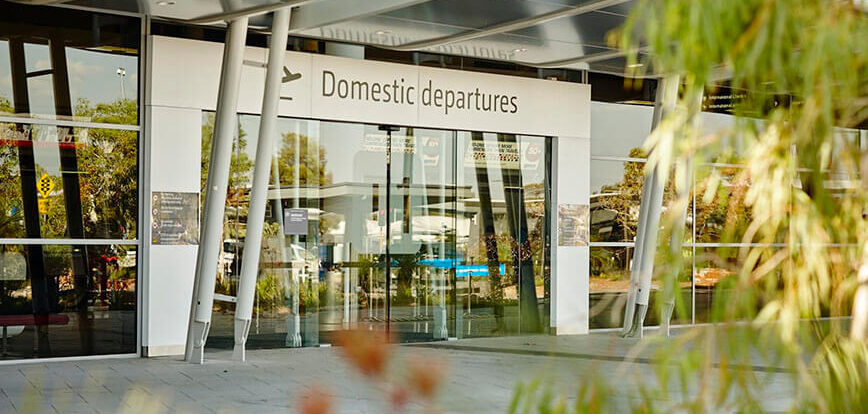Perth Airport in Western Australia has become a Supporter Member of the Indigenous Art Code Limited (lartC), to call for fair and ethical trade with Aboriginal and Torres Strait Islander artists and transparency in promoting and selling artwork.
In 2007, a Senate Inquiry into Australia’s Indigenous visual arts industry recommended the establishment of a voluntary industry code of conduct commerce in the sector – this led to the development of the Indigenous Art Code.
The airport asserted its concern with the sale of “fake art” that appropriates Aboriginal and Torres Strait culture and designs, and highlighted that as these goods are usually targeted at the tourism market, many potential customers pass through Perth Airport. In promoting the code, the airport intends to inform passengers and engage retail partners to promote the fair treatment of Aboriginal and Torres Strait Islander artists by art dealers.
Kate Holsgrove, chief commercial officer of Perth Airport, said, “As a supporter of the Code, we are committed to promoting fair trade in Aboriginal and Torres Strait Islander artwork, particularly art products targeting the tourist market. We want transparency and integrity in the market. And the Code can guide retailers to achieve this. Perth Airport is committed to reconciliation and recognizing the strong cultural connection that the Whadjuk people and other members of the Noongar Nation have to the airport estate – and our association with the Code is just another initiative on our reconciliation journey.”
Gabrielle Sullivan, CEO of the Indigenous Art Code, said, “Indigenous Art Code welcomes Perth Airport as a Supporter Member. In doing so, they demonstrate their support of our work of ensuring Aboriginal and Torres Strait Islander artists get a fair go and preserving fair, transparent and ethical trade.
“We hope Perth Airport’s commitment to promoting fair and ethical trade with Aboriginal and Torres Strait Islander artists influences their retail partners to make considered choices in the artwork and art products they stock and that consumers are aware and ask: Who is the artist? Where is the artist from? How did you get the artwork or art product in your shop? How was the artist paid for their work? If it is a reproduction of an artist’s work, how are royalties or licensing fees paid to the artists?”

